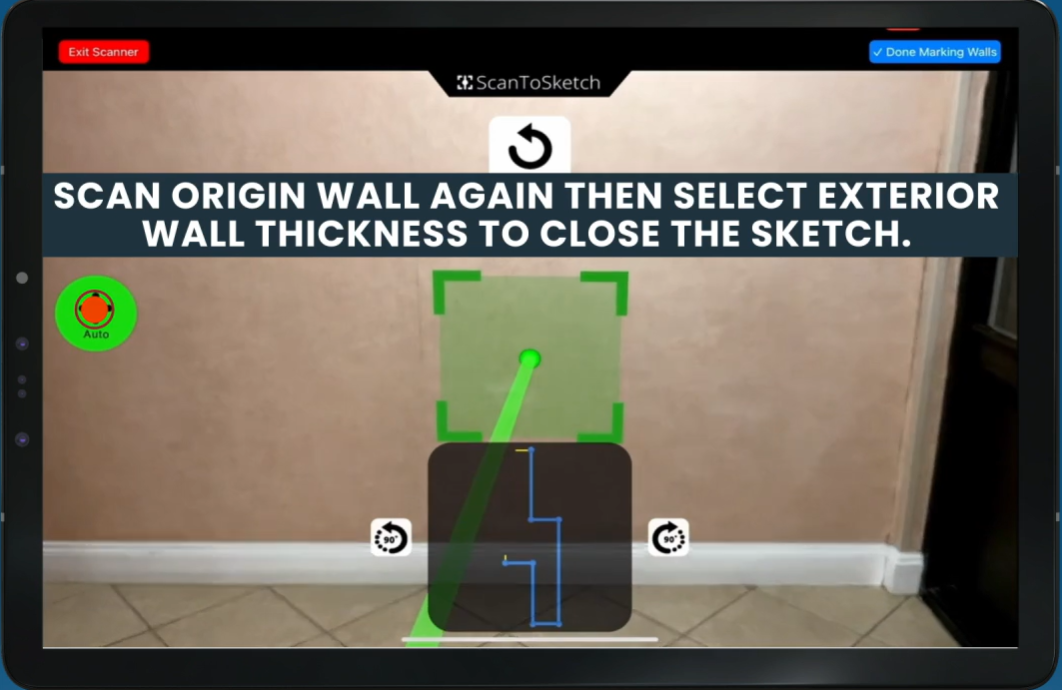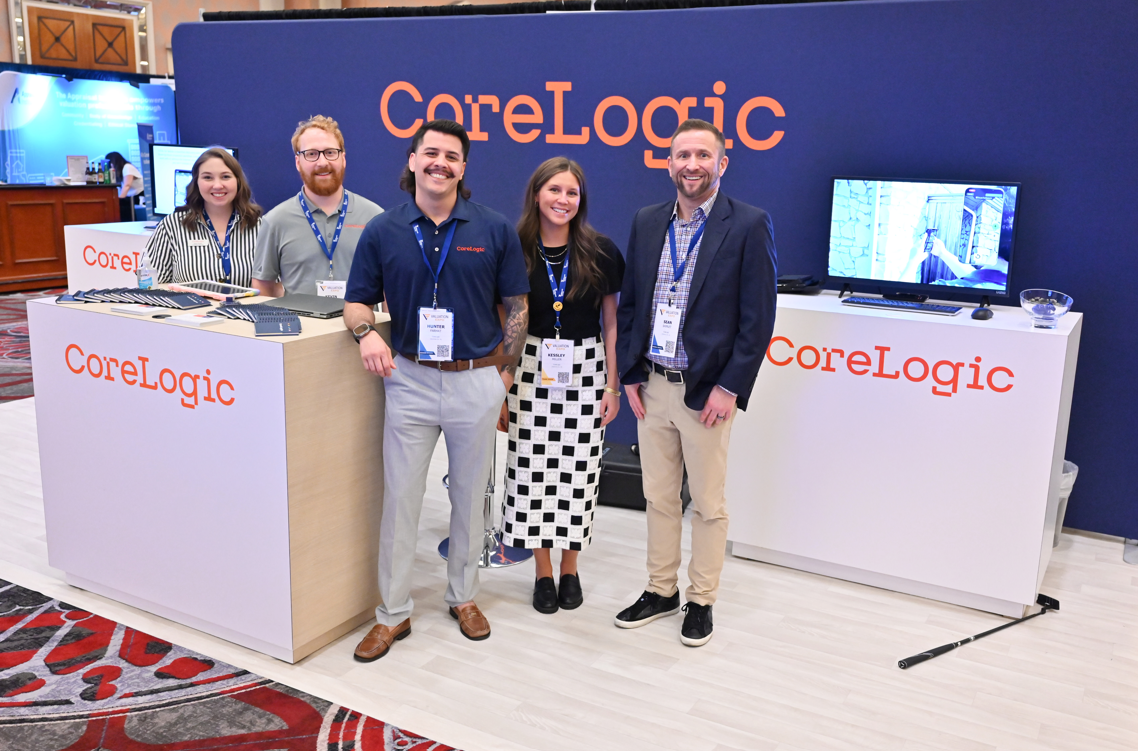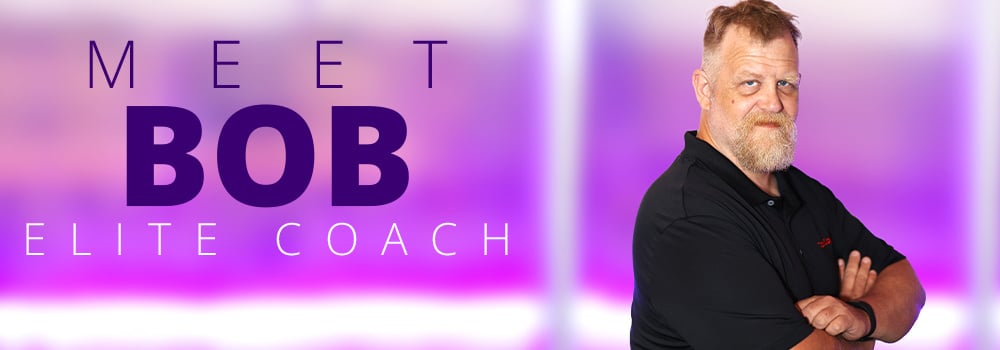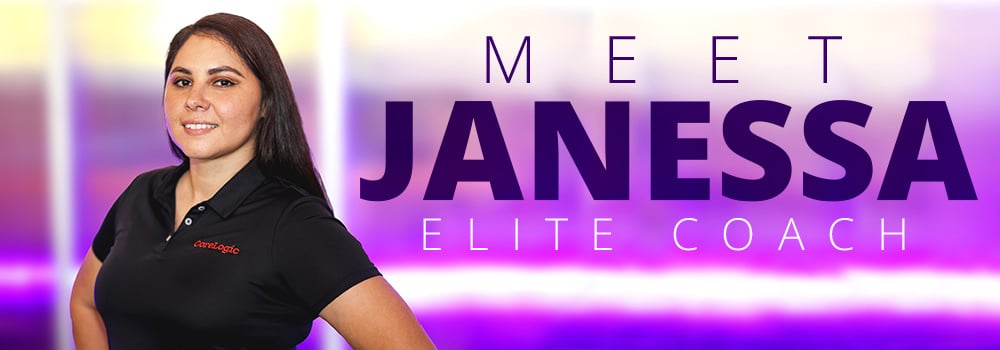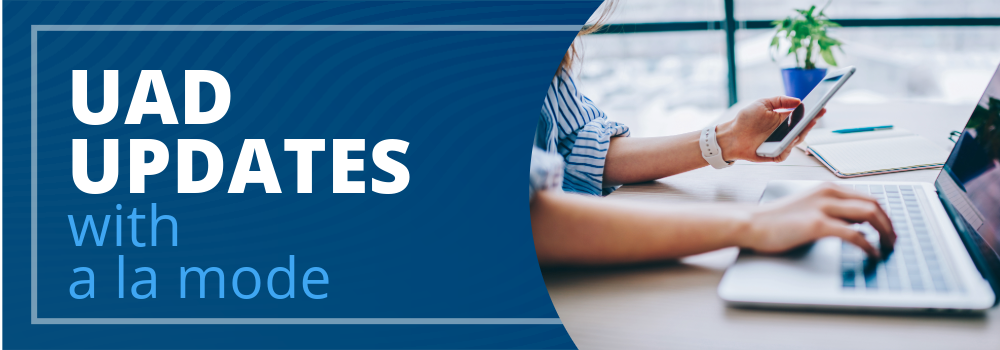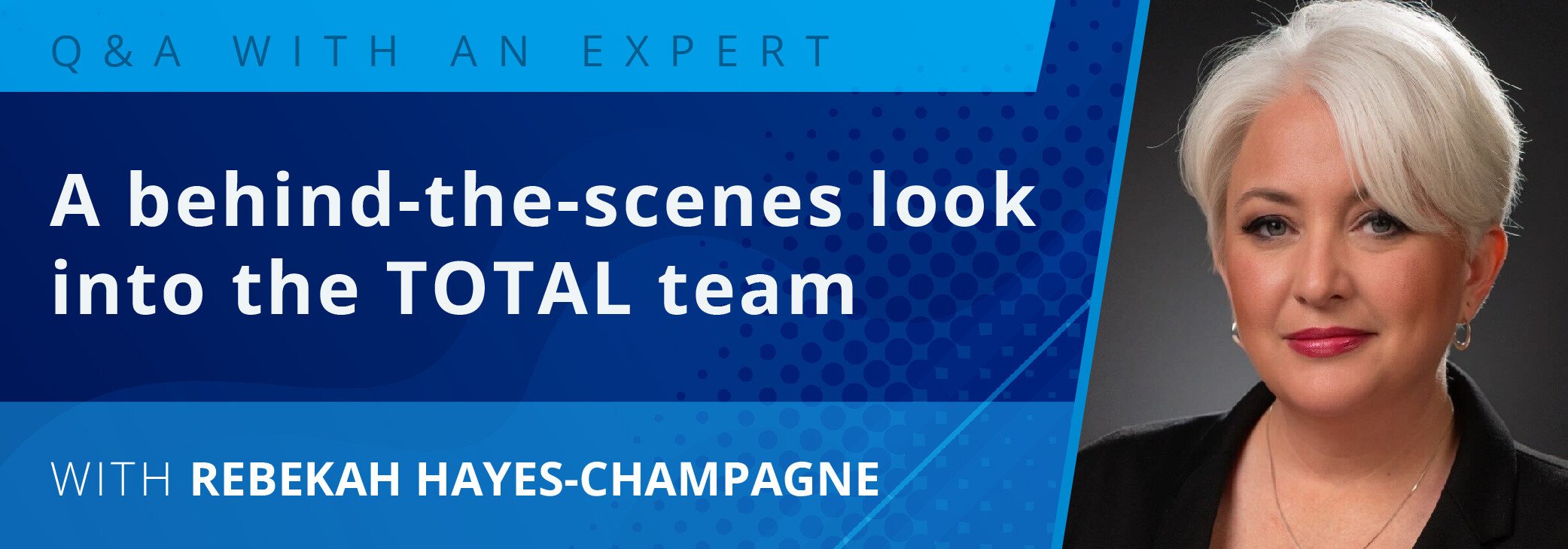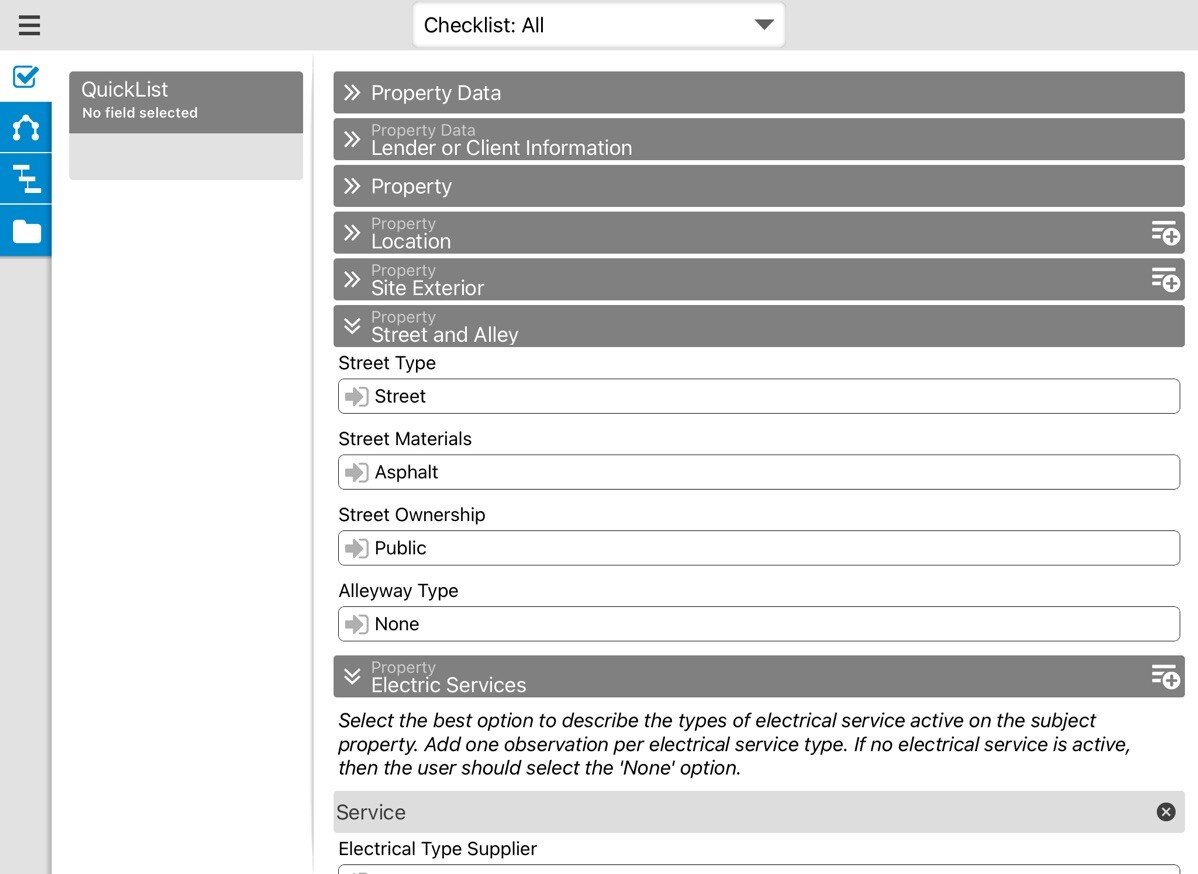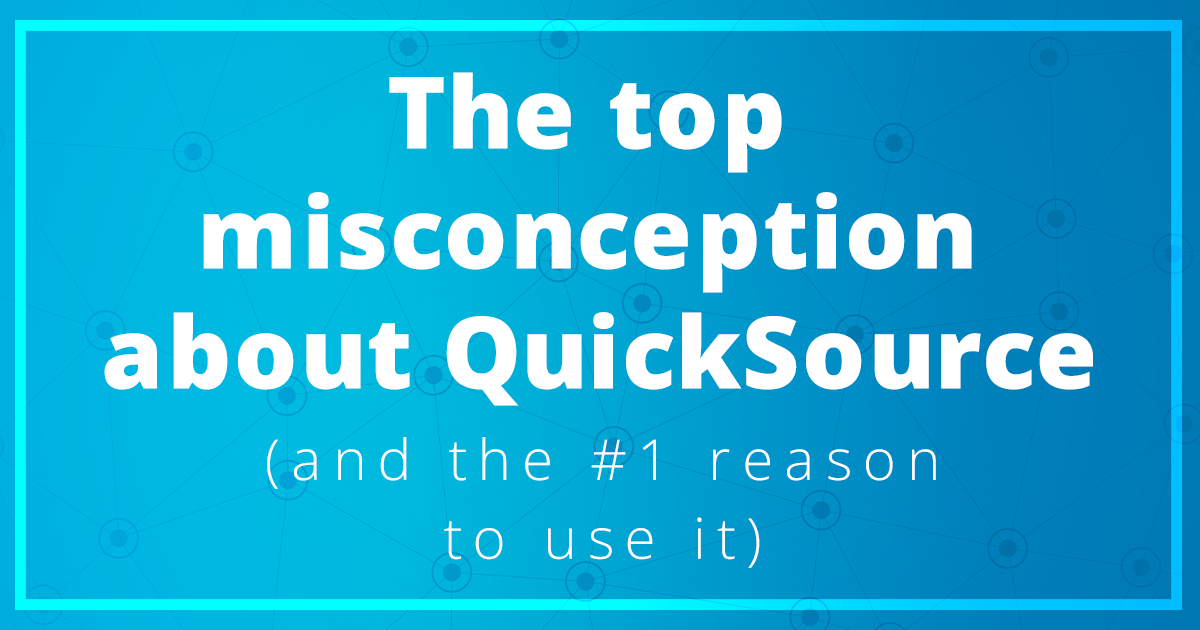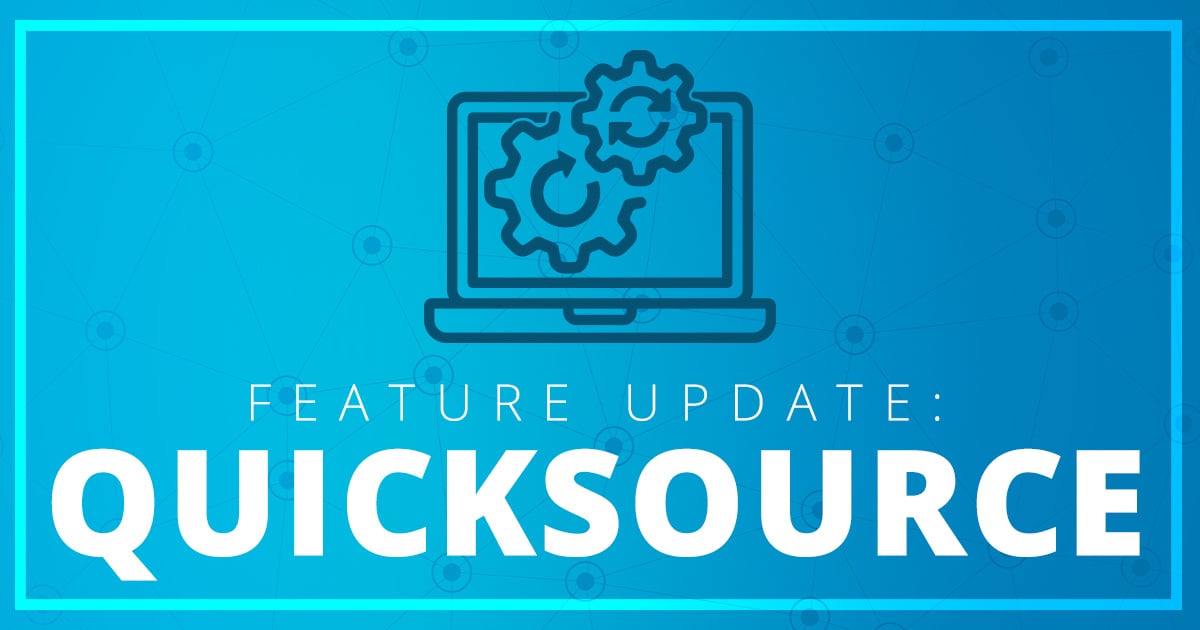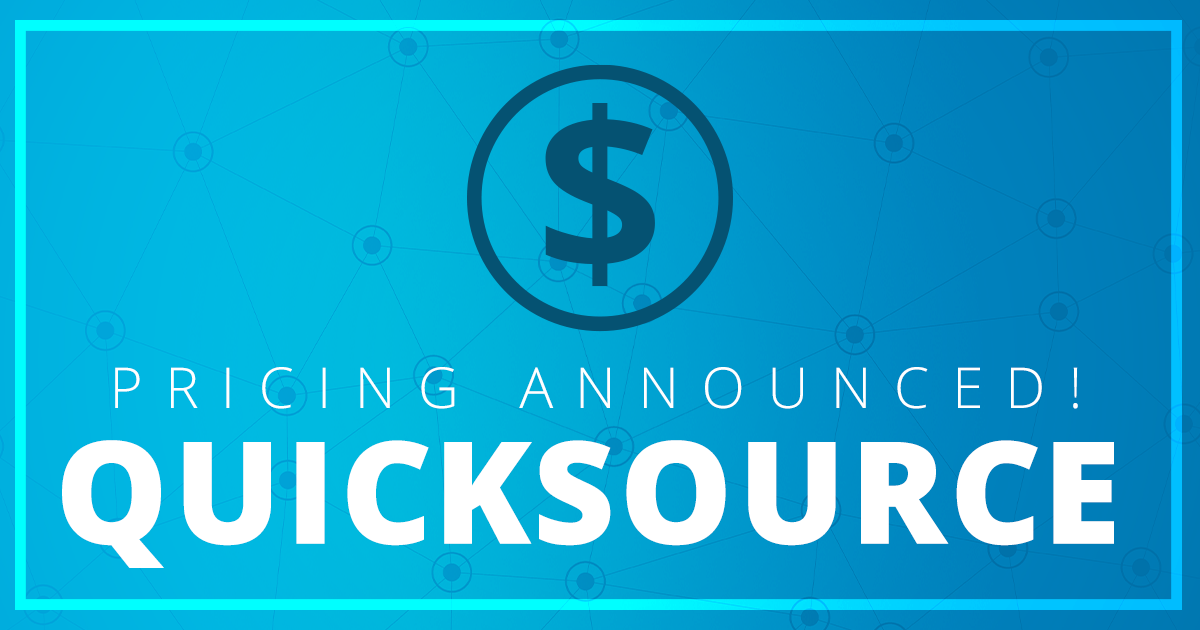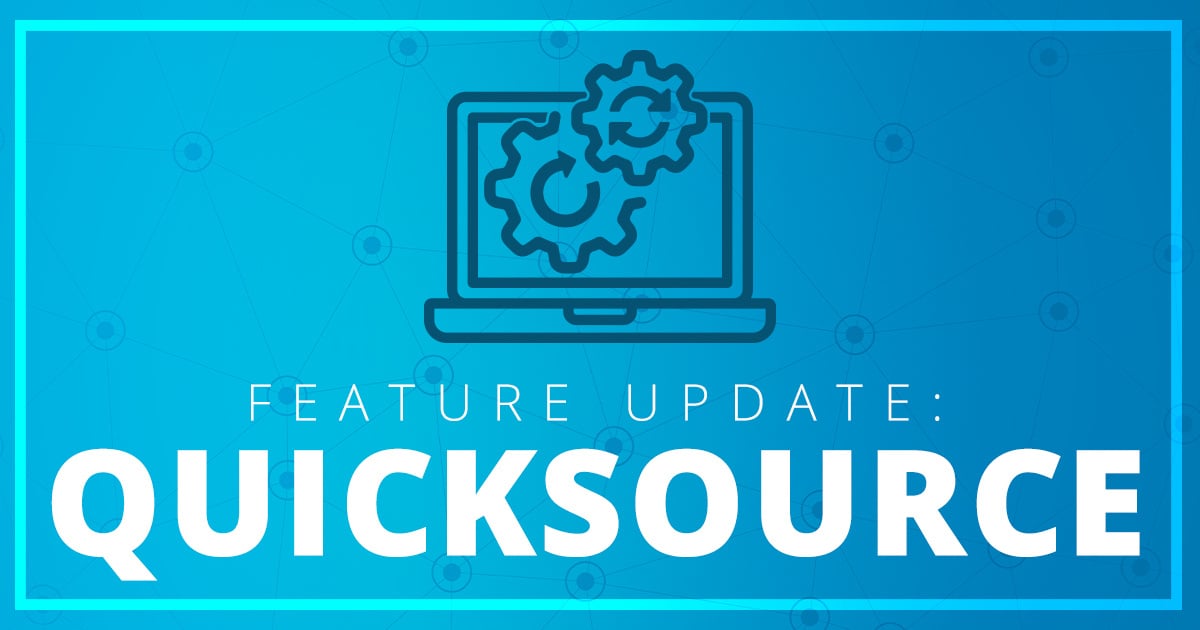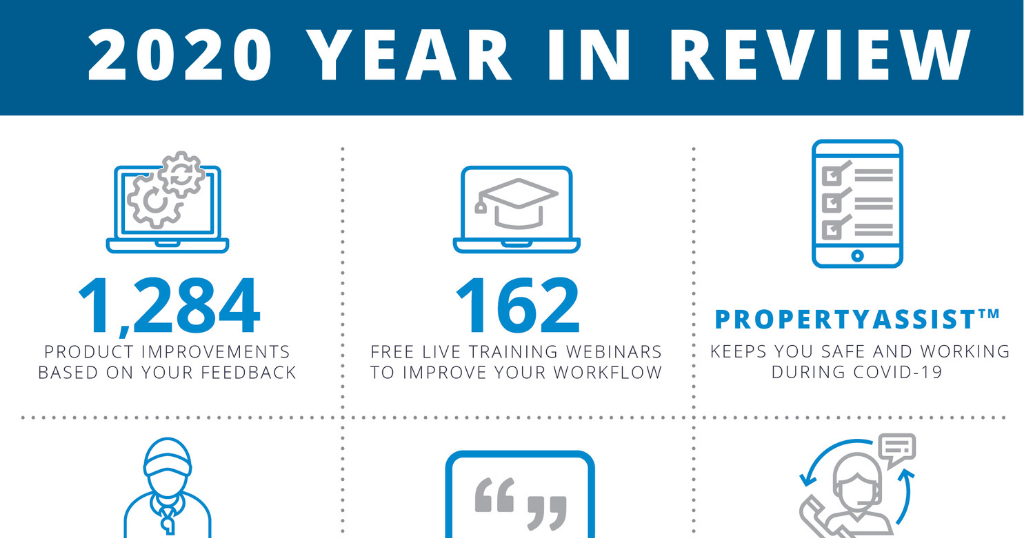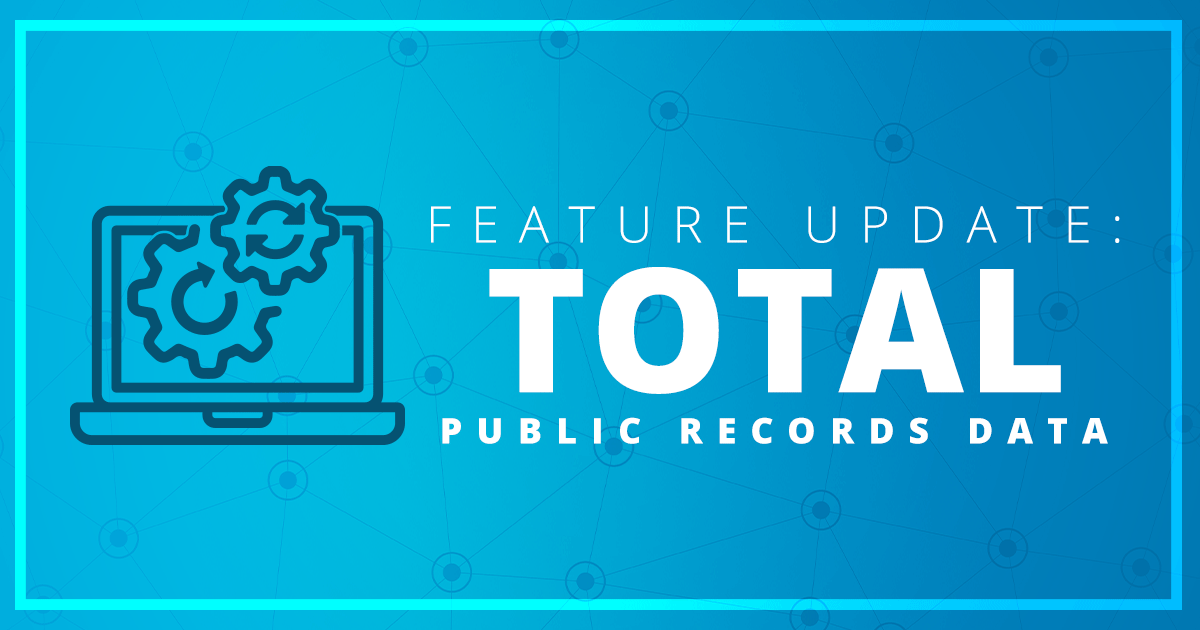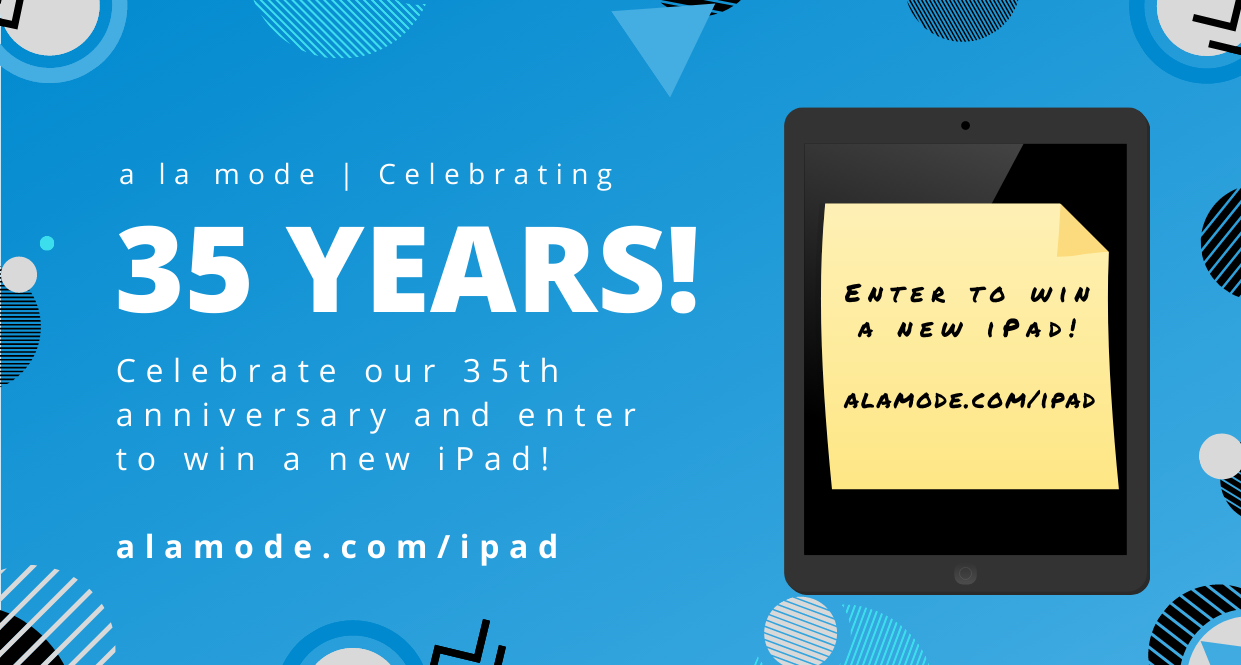Paul is one of our Appraisal Product Instructors. He's an expert on a la mode software and mobile workflow solutions, and is an unabashed gadget hound and device geek. He's taught hundreds of classes over the years to appraisers and is recognized as a leading authority on using laser measurement tools in appraisal work. Catch him in-person at an upcoming a la mode Roadshow event by registering online: http://workshops.alamode.com
I’ve been thinking a lot lately about how different people who do the same job work in different ways to accomplish what is in effect the same goal. Appraisers are a great case study in this because as we’ve joked for years, if you have 10 appraisers in a room, you’ll get 12 different ways to do any given task.
Fundamentally though, what’s different? In a technology-based job like appraising, the specific hardware, software, gadgets, and tools you use can have a dramatic impact on your efficiency. And there are tons of tools and applications available to make our lives easier. Not just for appraisers, but in general.
So, I wanted to take some time to share how I work. What tools I use, what software, etc., and why I use them. Simply put, the time and effort I’ve put into identifying the best tools for my job may be useful to you as well. Bear with me on the length.
What I do
First, a little about what I do at a la mode, for context:
Over the years, I’ve held a variety of positions at a la mode. Everything from professional services (where I would go to appraisers offices and install the software for them), to technical support, management, product design, and even changing lightbulbs and sweeping up. But today, my primary focus is on a few high-level responsibilities:
- Product instruction – I travel around the country, bringing our in-person training events to a city near you so that you can come and learn about how to get more from our products.
- Content creation – This goes hand-in-hand with the above. I author and produce much of the material that you see when you attend our courses, including our current workbooks for the Modern Appraiser Roadshow, and blogs like this.
- Product and subject matter expert – I work closely with other internal departments, as well as with customers, to help convey important concepts and usage scenarios that our customers run into.
To accomplish this, I’ve identified specific tools that help me be more productive. These tools represent what I use on an almost daily basis and (generally) break down into two categories: Hardware and software.
While I’m a not an appraiser, since much of what I do is writing and analysis, I share many common tools appraisers could benefit from. That being said, feel free to share any tools you use that have helped your productivity. This is by no means comprehensive, and I'm constantly re-evaluating whether I'm (still) using the best tools out there.
I’ve included links to informational pages where possible, and Amazon pages for most of the others (which is probably the easiest place to get any of this stuff).
Hardware
Because what I do involves working both at my desk as well as travelling, my tools and equipment have evolved to support both. Particularly this year I’ve been on a quest to dramatically reduce the amount of weight that I have to carry with me.
In the office
Here’s what my desk looks like on any given day:
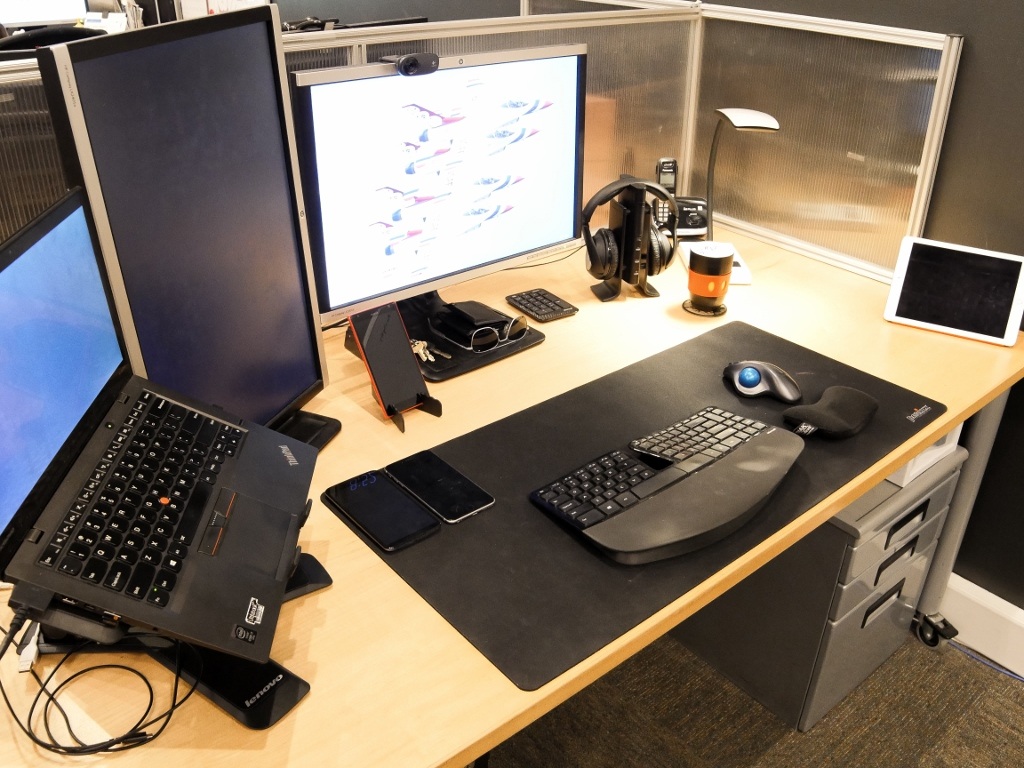
I’ll start with some of the more obvious stuff that you see:
- Lenovo X1 Carbon Touch (3rd generation, 2015 edition) – This is my only PC. I use it here and when I’m on the road. When I’m at my desk, it’s connected to the Lenovo OneLink Pro Dock station that all my other accessories are connected to. I can connect and disconnect from this dock using just one plug on my PC, making it quick and easy to take my laptop with me to meetings and home at night. I use Lenovo’s adjustable laptop swivel stand to bring the laptop up to eye level.
It's not cheap, but it's powerful, fast, and, most importantly to me, lightweight at just 2.2lbs. That’s just a little over twice the weight of two current generation iPads.
- Multiple monitors – If you’ve attended any of our Roadshow events over the past year, or our mobile workshops before that, then you’ve already heard me talk about the massive productivity boost you get from multiple monitors. It's one of the cheapest ways to get more productivity out of the same PC.
Over the years, I’ve come to believe that, for most people, three monitors is the sweet spot of productivity. Three monitors means that I don’t have to spend a lot of time switching application windows to the foreground while I work. I can simply glance at another monitor to reference something else as I go.
Remember, TOTAL has been specifically designed with multiple-monitor users in mind. You can undock PowerViews, position windows across multiple screens, etc. to get more work done in less time.
In addition to the built-in monitor on my laptop, I use two HP Compaq LA2405x monitors, one of which is rotated into a portrait orientation because that is ideal for writing in MS Word, scrolling through web pages, and even displaying appraisal forms in TOTAL. The specific model isn’t as important here as it is to just start using multiple monitors in the first place. Find yourself a good monitor with a decent resolution, then buy two of them.
Check out this Tech Doc for more information on multiple monitors: http://help.alamode.com/docs/6010.htm
-
Wireless accessories – Generally speaking, wires annoy me. They get in the way, they look messy, and they’re a potential safety hazard. These are some of the excellent wireless accessories that I use every day:
- Microsoft Sculpt Keyboard – Writing is a large part of what I (and you) do, so I’ve come to really appreciate a truly ergonomic workspace, especially when it comes to my keyboard and mouse. For years, I used a Microsoft Natural Ergonomic Keyboard 4000 but when I discovered the wireless Sculpt keyboard, I was hooked.
The only thing that some people may not care for is that the 10-key is separate from the keyboard itself. For me, this is perfect because it reduces the space the keyboard takes up on my desk and I rarely use the 10-key, but others may find it cumbersome for quickly entering numbers.
There is also a version that includes a wireless ergonomic mouse: http://bit.ly/1IBqwm3
- Logitech M570 wireless trackball – I converted to a thumb trackball a few years ago and love it. My hand can rest comfortably in one place without my wrist and arm having to move all over my desk. This is the best (and only wireless) version I’ve used. I use the M570 with a small wrist rest full of synthetic beads to help prevent carpal tunnel (IMAK Ergobeads).
- Sennheiser HDR 170 headphones – I find that I work better and stay focused when I can listen to some music and tune out the noise and activity going on around my desk. Our office is very open, and while this encourages collaboration and teamwork, it can occasionally be a distraction.
I knew I wanted a set of over-the-ear headphones for comfort, preferably wireless. Additionally, I wanted a wireless charging station so I wouldn’t have to remember to plug them in when I left for the day. The HDR 170s fit the bill perfectly, sound great, and last all day. I drop them on the charging station (literally drop, no wires to plug in) at lunch and when I leave at the end of the day so I don’t worry about them dying on me.
- Microsoft Sculpt Keyboard – Writing is a large part of what I (and you) do, so I’ve come to really appreciate a truly ergonomic workspace, especially when it comes to my keyboard and mouse. For years, I used a Microsoft Natural Ergonomic Keyboard 4000 but when I discovered the wireless Sculpt keyboard, I was hooked.
- Gunnar “Vinyl” PC glasses – I tend to get headaches when using a computer for extended periods of time. The blue wavelength light in LED and LCD monitors is known to cause headaches in certain people and I’m one of them.
Gunnar’s products are specifically designed to combat this problem, while also improving clarity on screen, and providing a slight, but pleasant, magnification of everything you see. I was skeptical at first, but to my surprise, these solved my long-standing headache issue. And while it takes a little while to get used to the yellowish tint at first, I’ve found that ultimately I prefer it because it tones down the harshness of everything I’m looking at on screen.
They make a variety of styles, and you can even get them in prescription variants if you need it, though they’re more expensive.
That pretty much covers my in-office environment. Now let’s talk about when I travel.
On the go
For appraisers, many of the tools I use on the road are also great solutions to specific challenges you face when you’re in the field conducting your inspections. I keep all this gear in a reasonably small nylon messenger bag. I’m a big fan of what are known as “tactical” bags because they usually have a ton of pockets for all the little bits and pieces that I typically have in my gear.
My next bag is going to be the “Last Resort Tactical Attaché”, made by Maxpedition: http://bit.ly/1VXFMUF
Aside from my mobile phone, here’s what I travel with:
- iPad Air 2 – This is my preferred tablet. It’s lightweight, easy to use, has incredible battery life, and runs every app I could imagine. I use my iPad for everything from teaching and demonstrating TOTAL for Mobile, to taking notes in meetings, reading on an airplane, and even playing games in my free time. It’s an absolutely fantastic device.
I have a WiFi-only device instead of opting for the version with a cellular plan. Free WiFi is pretty much everywhere these days. Plus, I have a dedicated cellular hotspot for those time it's not. Choosing the WiFi-only model saved me around $170, which I was instead able to put toward getting the larger capacity device (64GB instead of the small 16GB device).
- AT&T Hotspot – You can get any kind of portable cellular hotspot from your carrier. I use AT&T, so I have one that works on their network. It works for me as it supports up to 15 simultaneous connected devices on the same network. So, I can get my iPad and laptop online at the same time and synchronize files and data between them from wherever I am.
-
Anker power accessories – A dead device in the field is no good at all. So I have two specific accessories that help me with this:
- 20,800mAh external battery pack – This battery pack holds enough energy to recharge my phone, which has a 3300mAh battery, from completely dead to 100% nearly 7 times. It will charge my iPad from completely dead to 100% nearly three times.
- 5-port USB wall adapter – This lets me plug several mobile devices into a single wall outlet using their original USB charging cables. This mostly gets used when I’m in a hotel, or set up at home.
- Short adapter cables – Rather than use the manufacturer’s included charging cables from my devices, I use a handful of short, 6-inch charging adapters in conjunction with the above charger. This is mainly to keep things neat on my table/desk/etc.
Micro USB – http://smile.amazon.com/dp/B00N8VT4FK
Lighting (Apple) – http://smile.amazon.com/dp/B00KGX89WM
- Bluetooth headphones – Again, my predilection for wireless, lightweight accessories led me to my Photive BTH3 Bluetooth headphones. They’re reasonably priced, well-constructed, and sound great.
As you can see, I’m all about keeping it light and mobile. And I’m always looking for ways to get that gear down in size or weight to improve my efficiency and mobility even more.
Takeaways
In summary, I hope that you’ve found something useful here that can make your day-to-day more productive, more comfortable, more enjoyable, or all of the above. By no means is this a complete list, and I’d love to hear feedback from you as to what tech you chose in your own business and why. Stay tuned next week for my software recommendations in part 2.
If you've got a software, tool, or solution that works for you, send it to me! Or, if you're interested in contributing a "How I Work" article, e-mail me at paul@alamode.com.


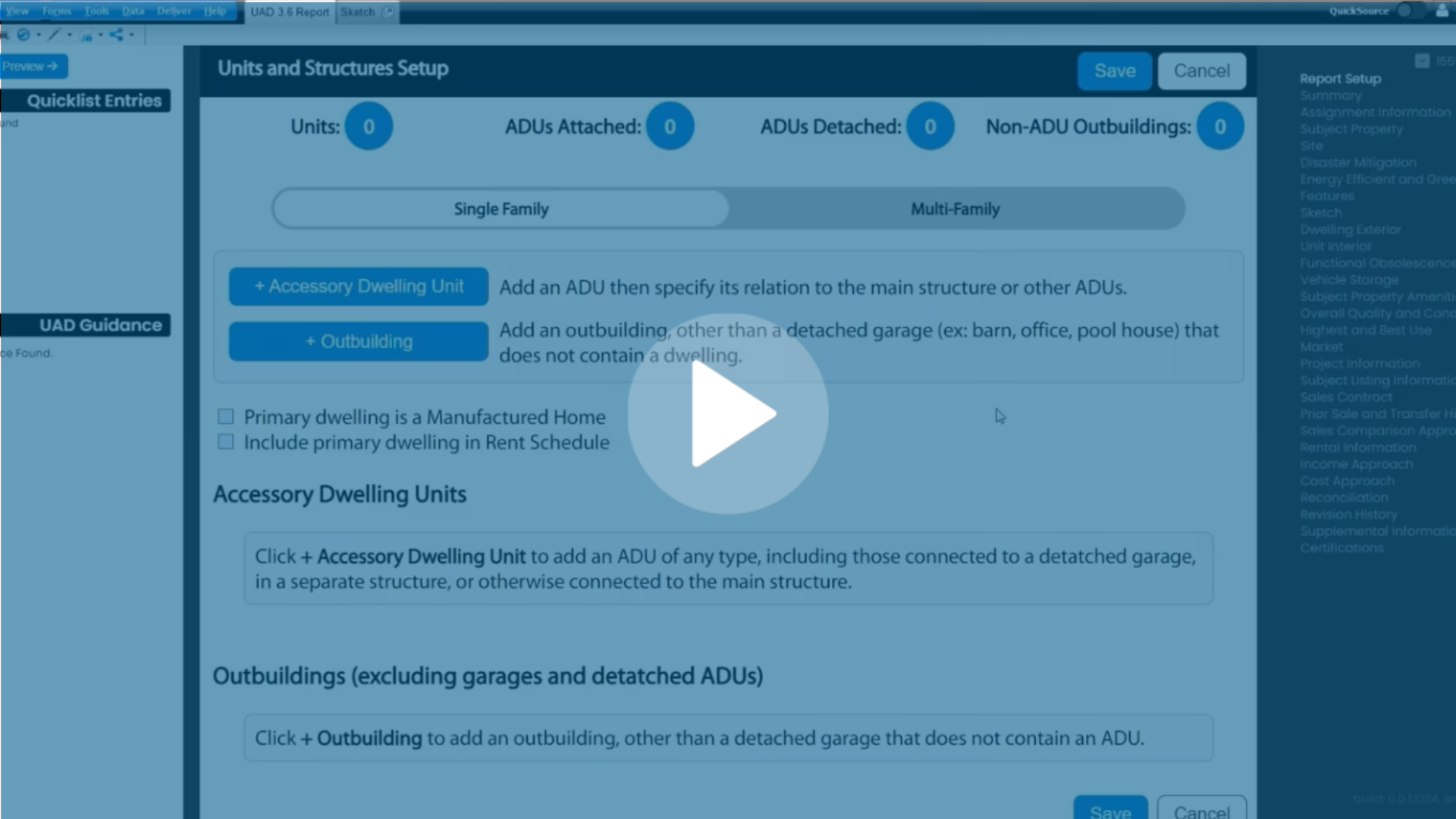
.png)
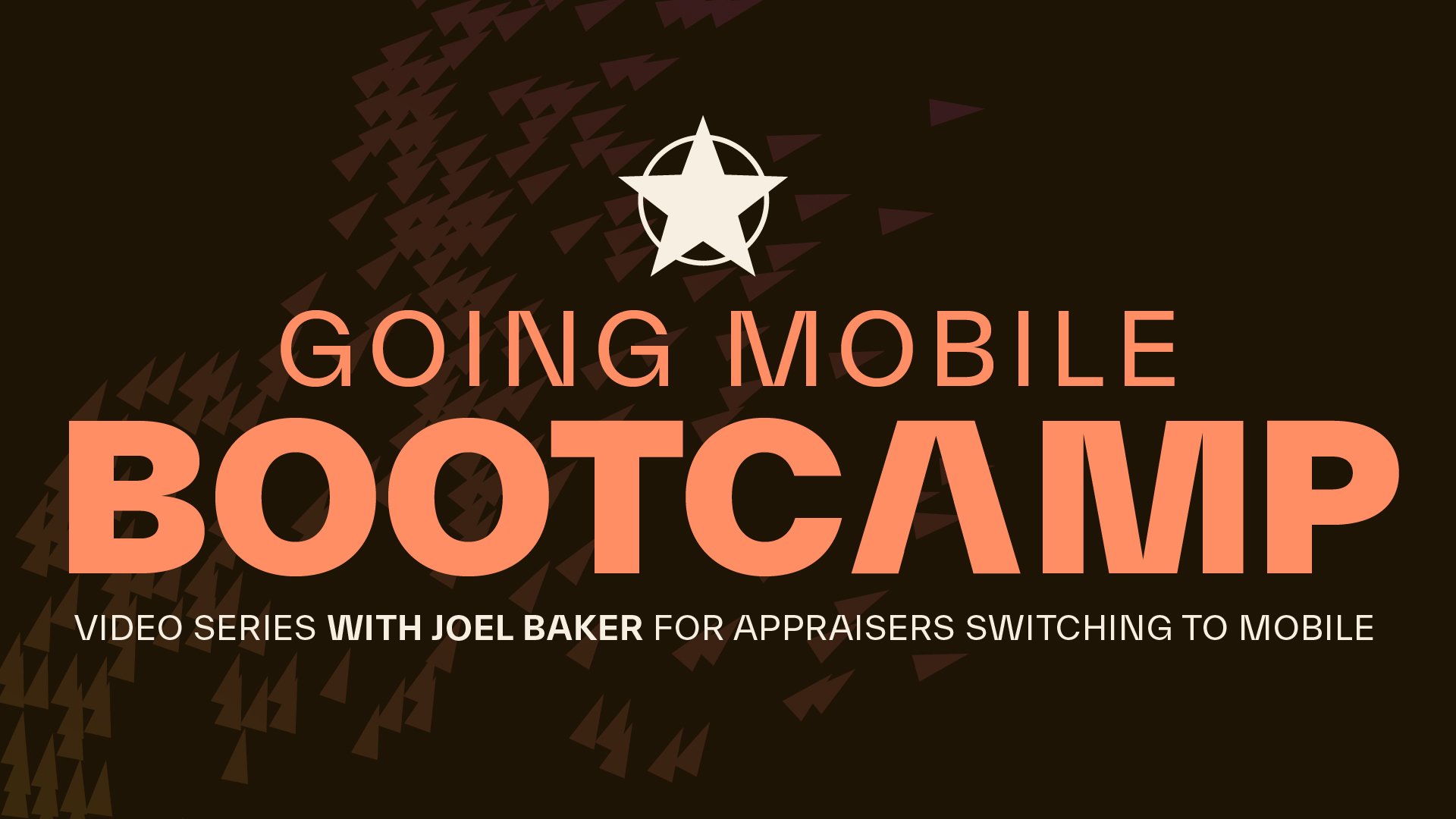
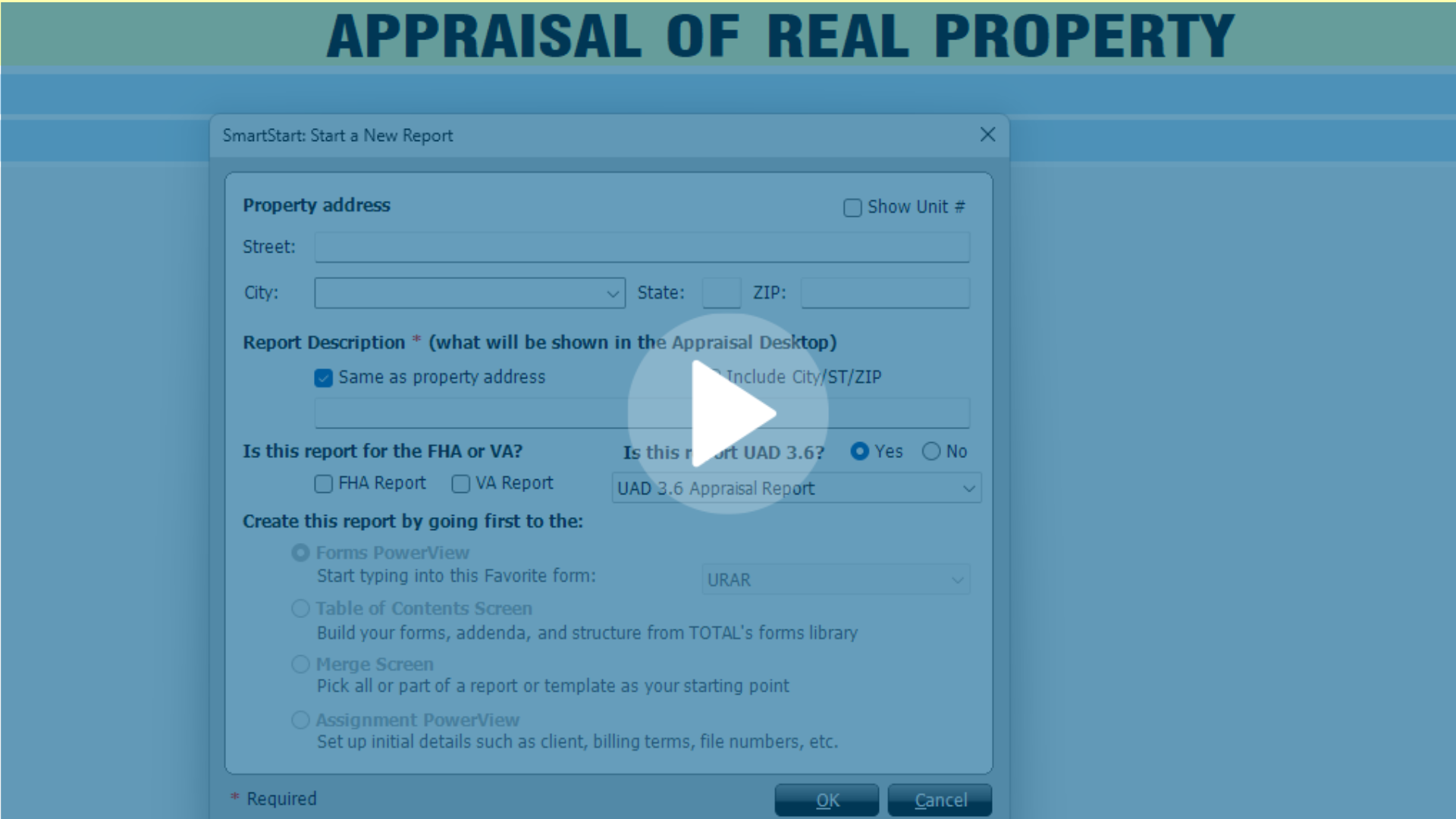
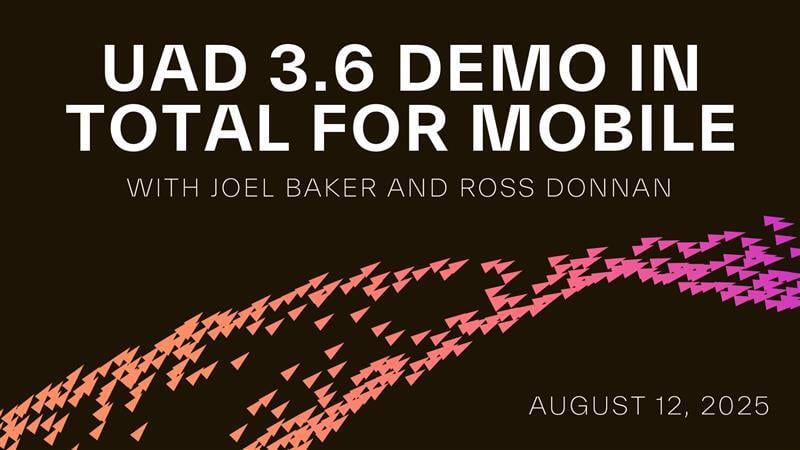
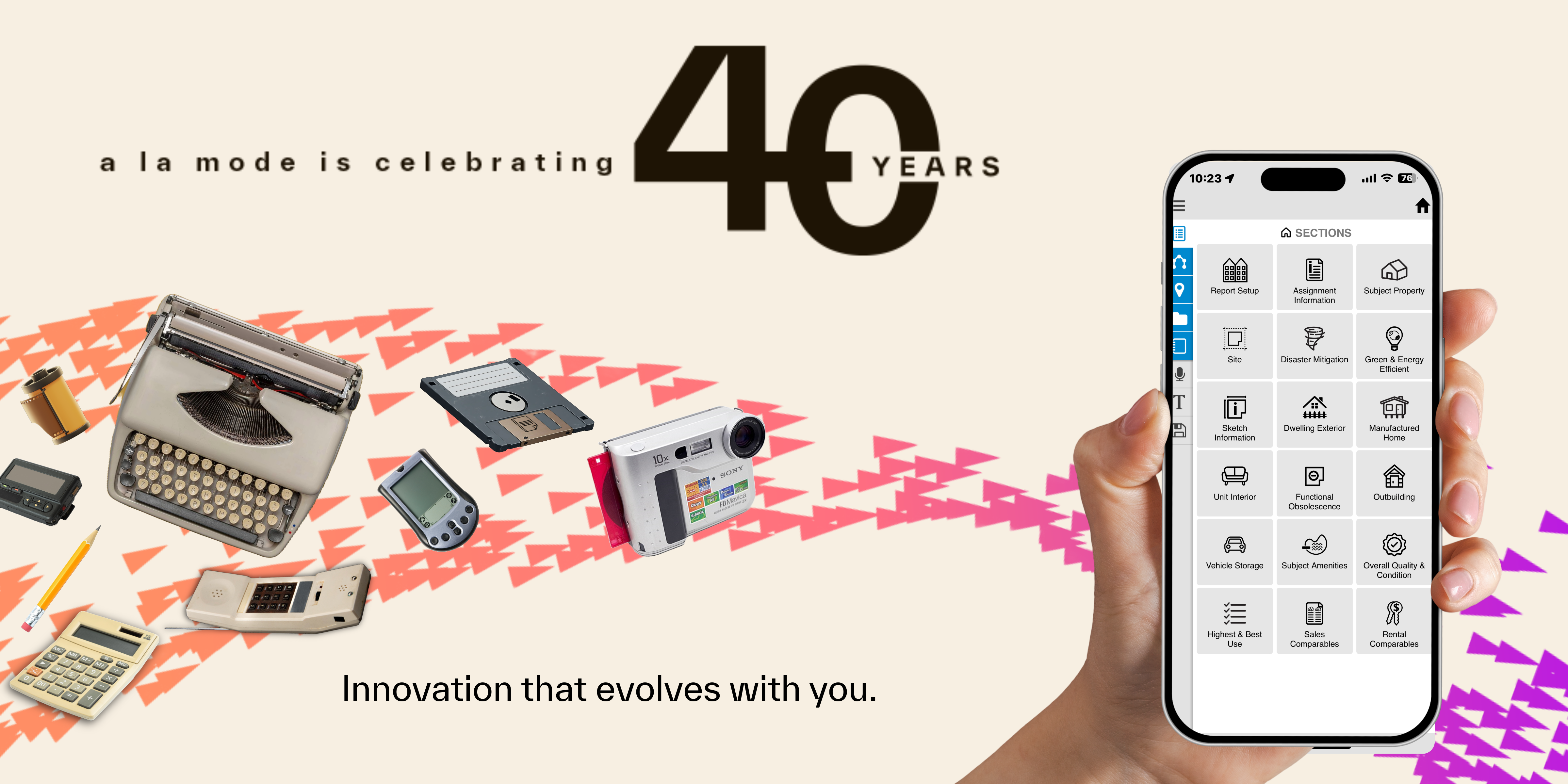
.png)
-1.png)
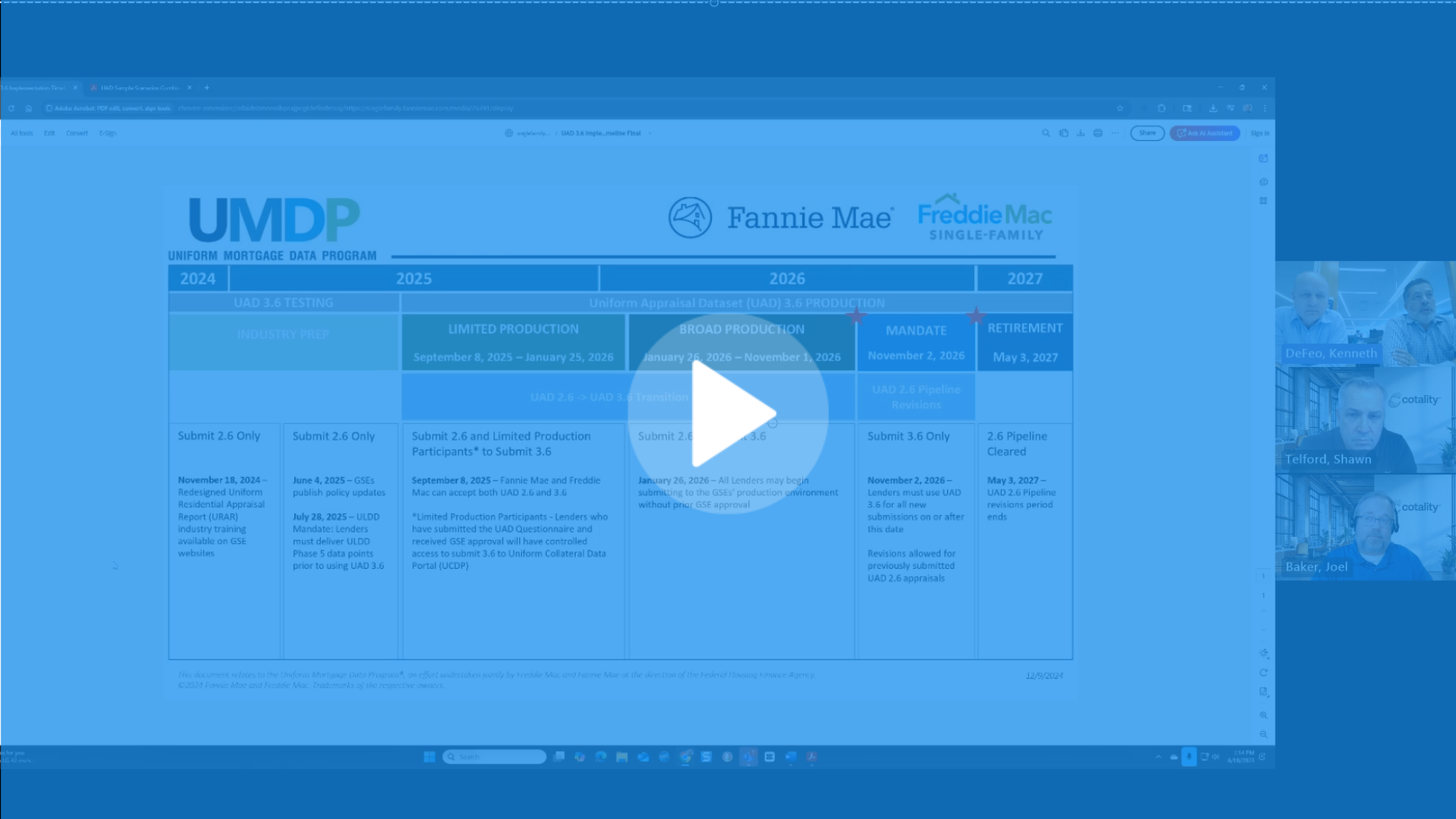
.png)
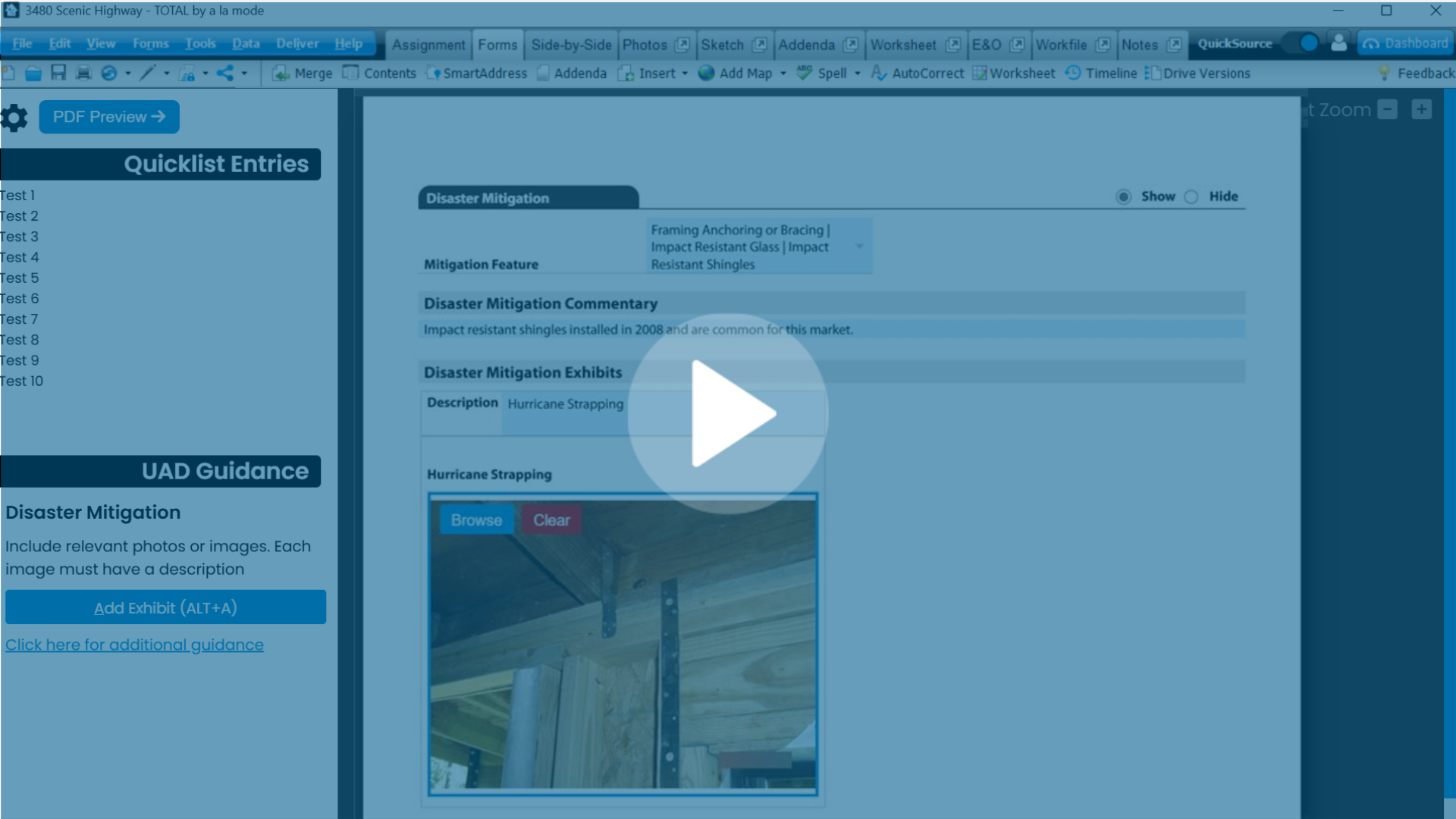
.png)
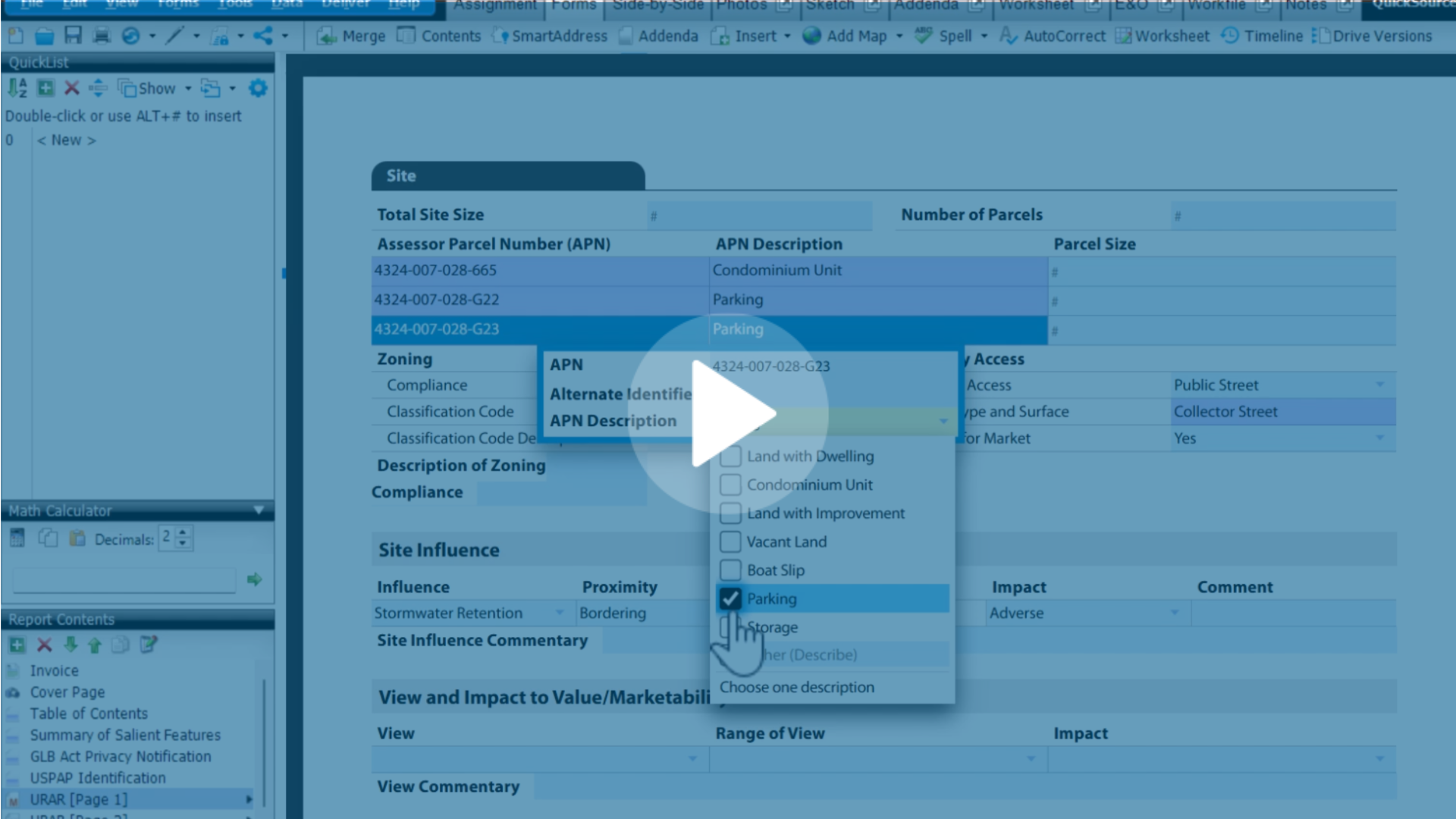
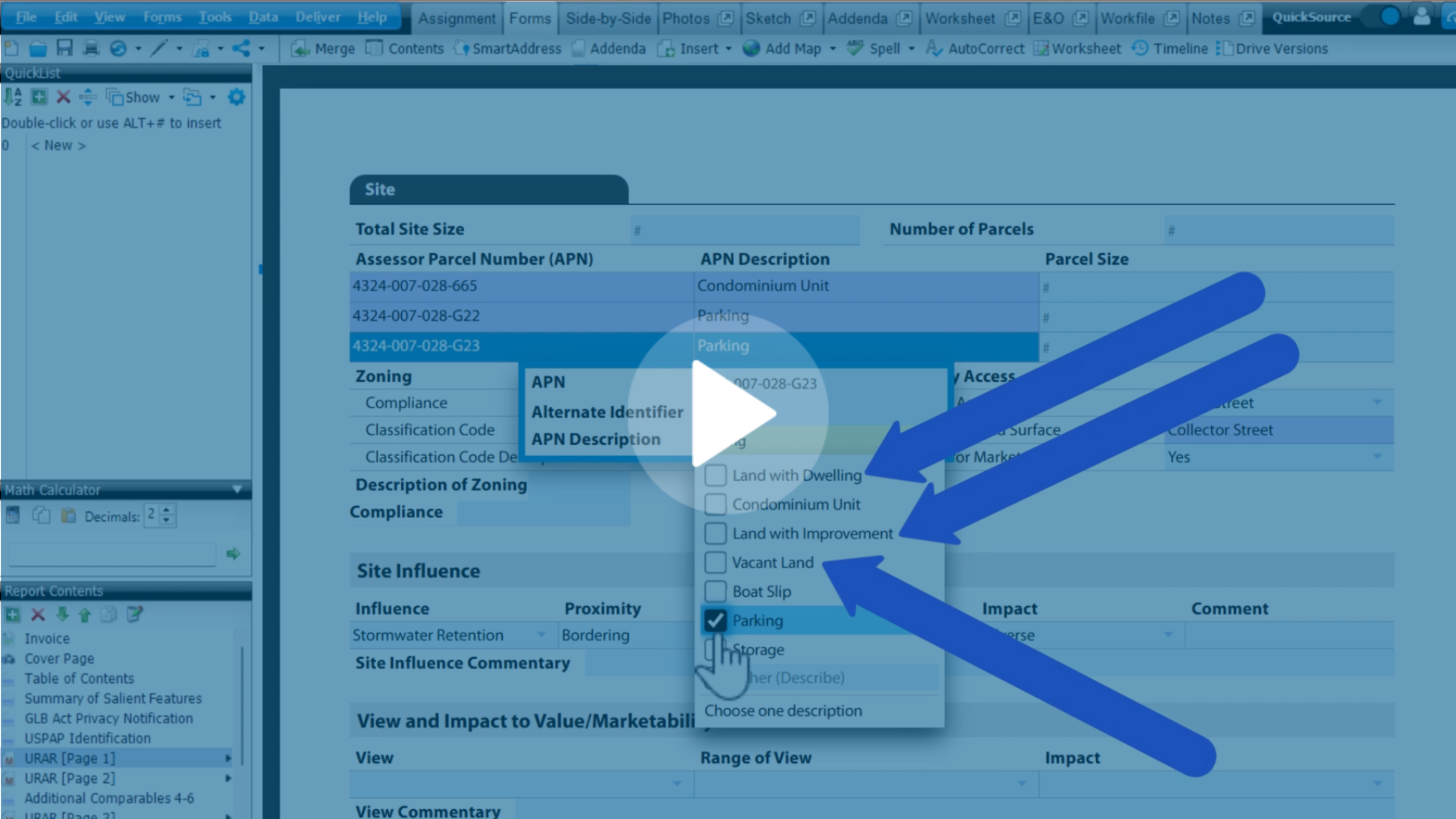
.png)
.png)
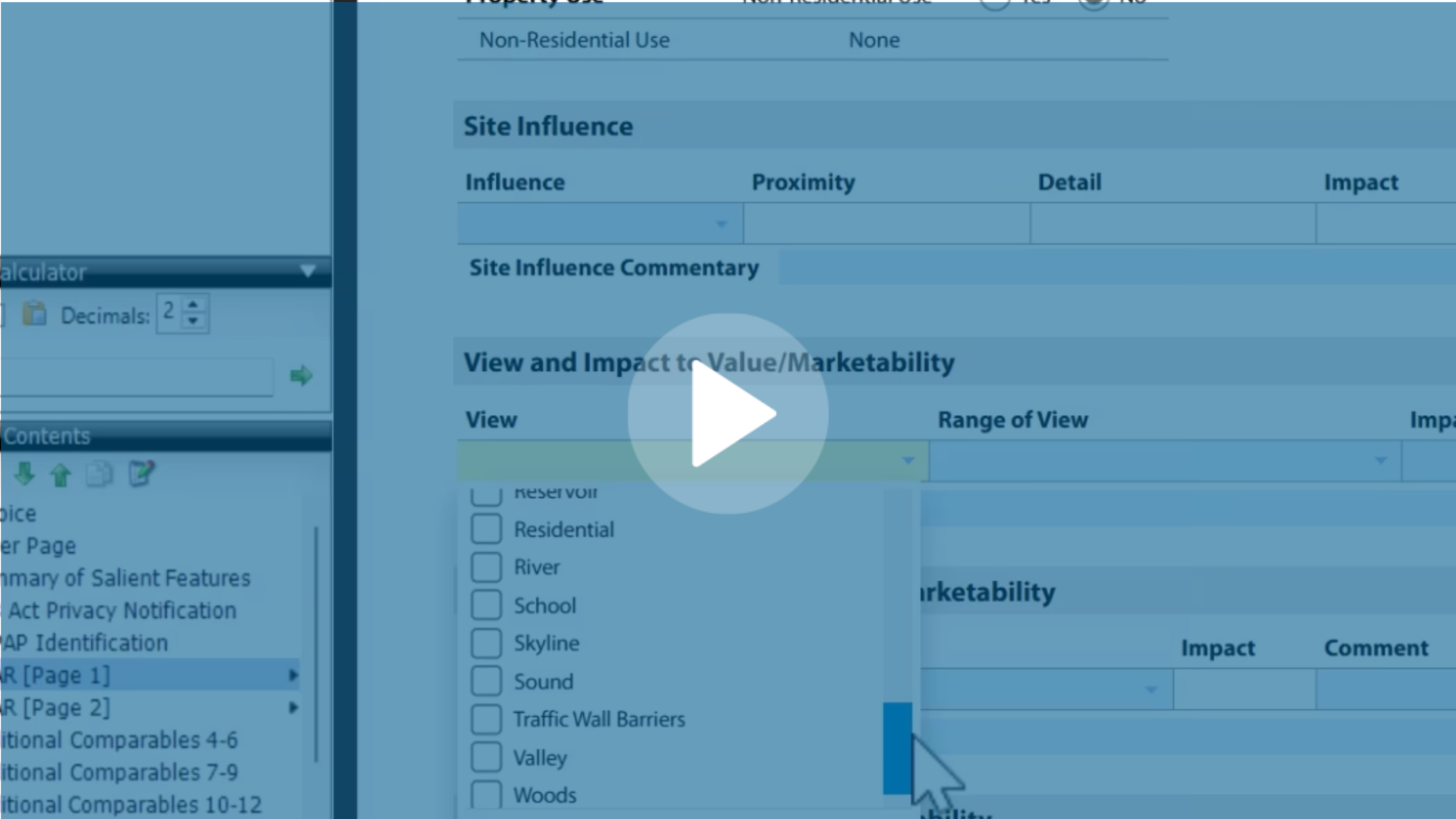
.jpg)
.png)
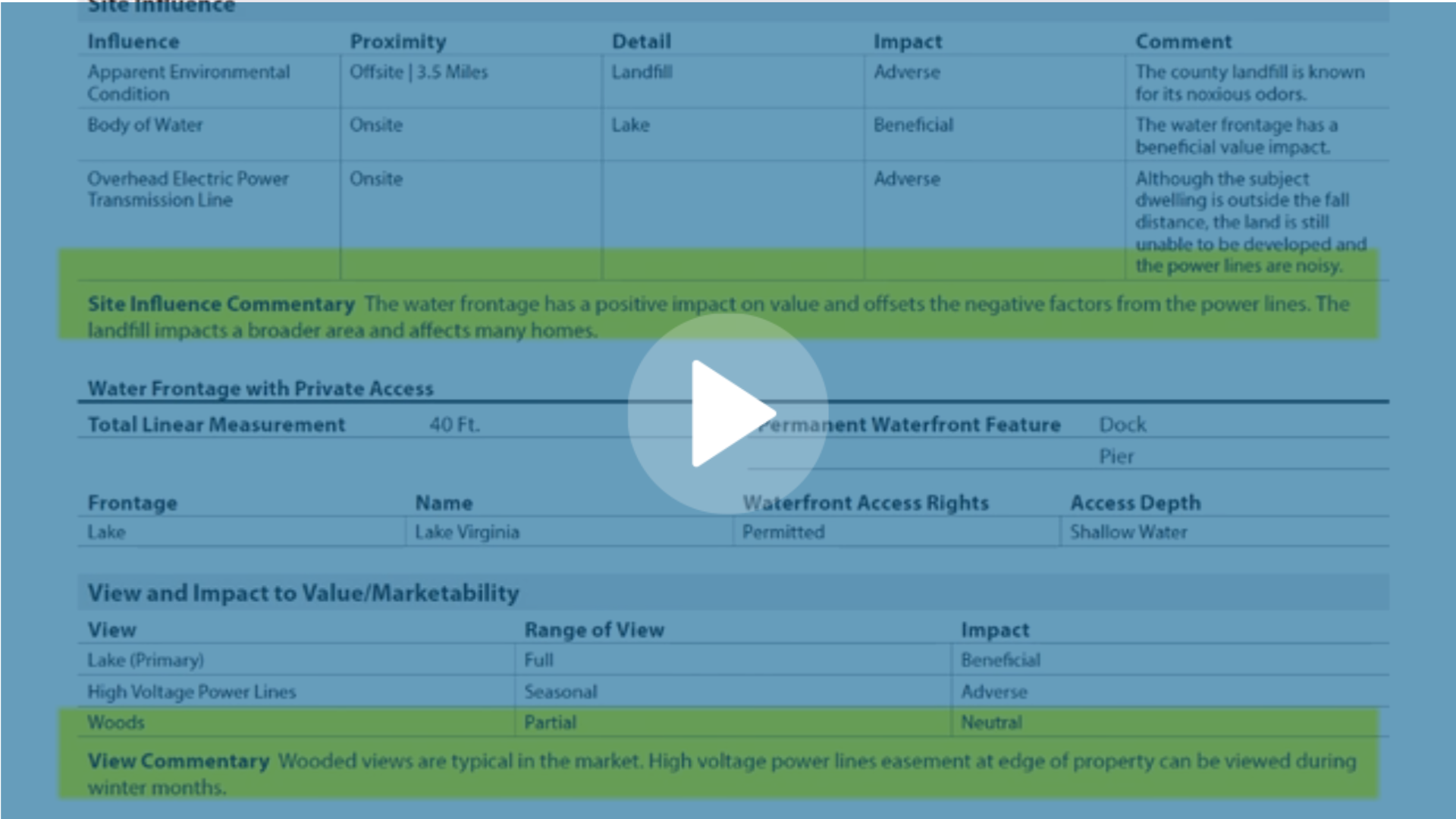
-1.png)



